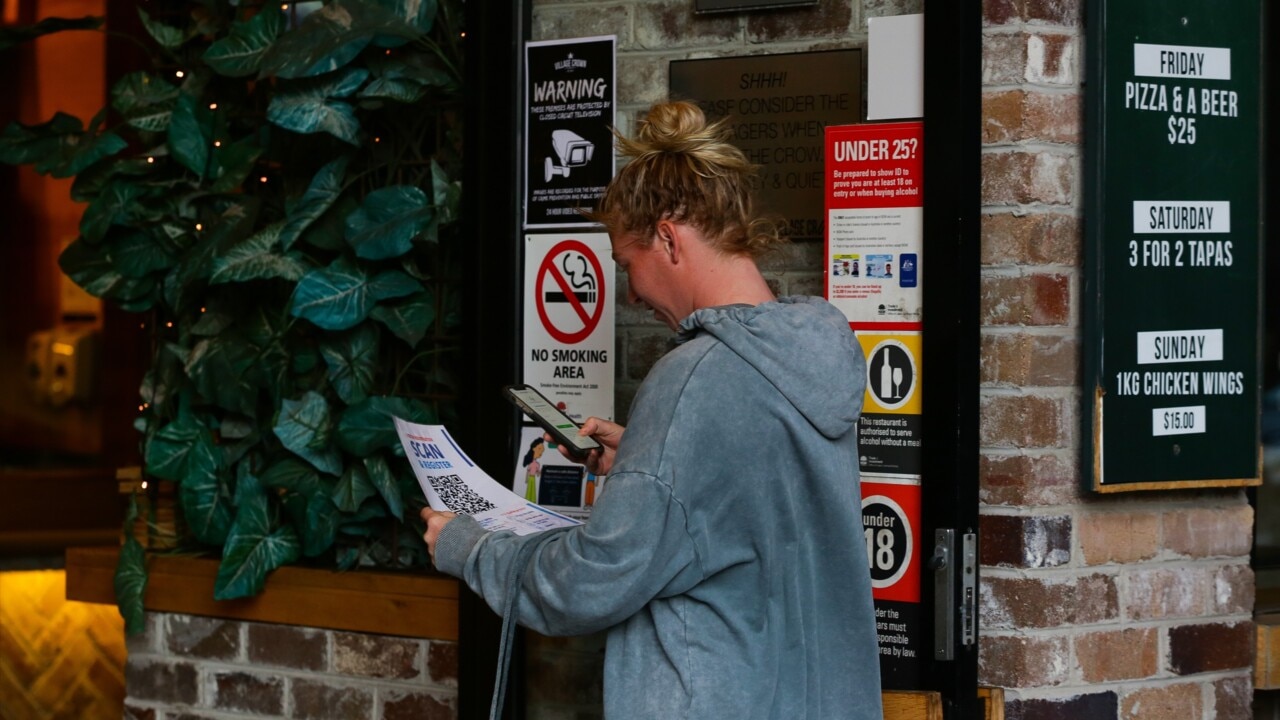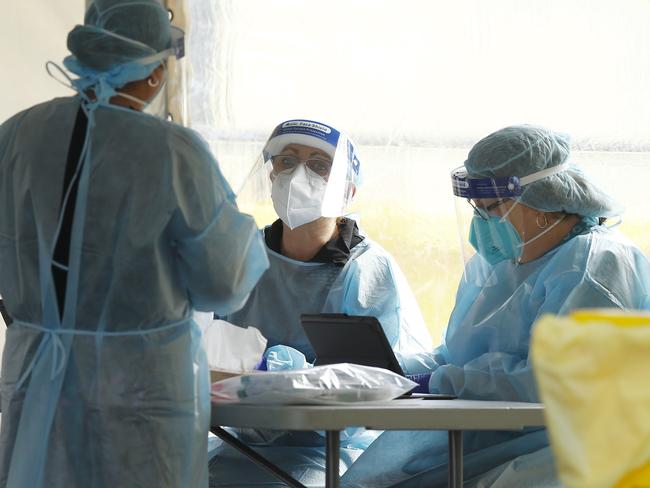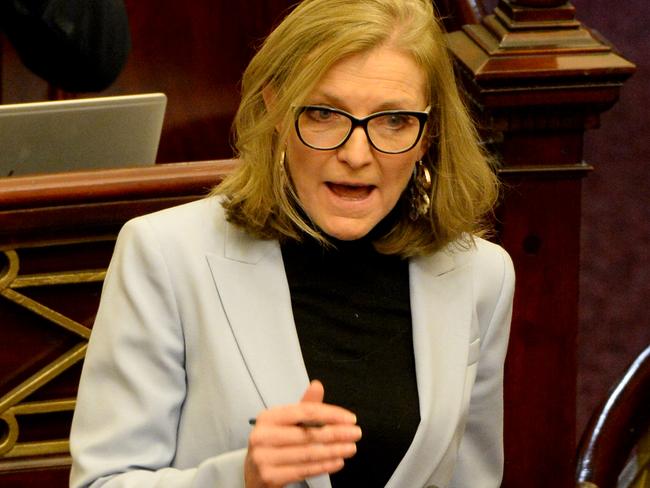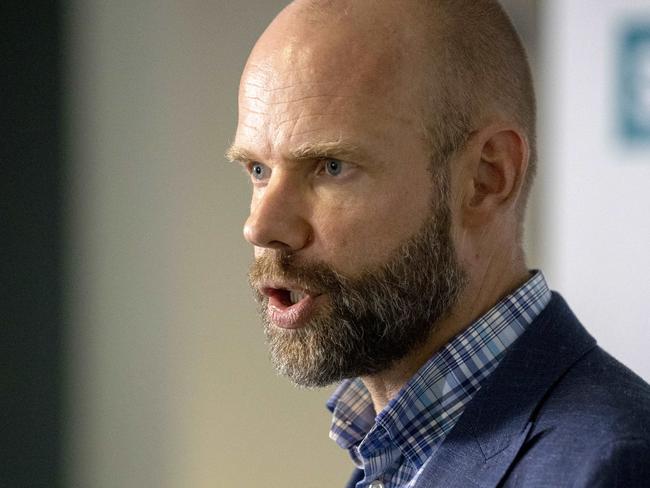Victoria’s contact tracing system ‘not fit for purpose’ at height of state’s coronavirus waves
Victoria’s contact tracing system was not fit for purpose at the height of the state’s deadly second coronavirus wave, an inquiry has found.

Illness
Don't miss out on the headlines from Illness. Followed categories will be added to My News.
Victoria’s contact tracing system was “not fit for purpose” during the height of the state’s deadly second coronavirus wave, an inquiry has found.
The parliamentary probe into Victoria‘s contact tracing system on Monday released its 47 findings and 19 recommendations after the Legislative Council Legal and Social Issues Committee held a series of public hearings in November.
The committee found the government did not have enough resources before the pandemic, overwhelming the state‘s contact tracing system.
It also found the health department had suffered from a lack of investment in resources years prior to the pandemic, meaning much of the government‘s COVID-19 response was “crisis built and reactive”.
The shortcomings “lad to several mistakes … that significantly impeded the effective operation of the system (contact tracing)”.
“The committee does believe that the lack of willingness to invest in these resources indicates there may have been a complacency about public health and emerging threats,” the inquiry report read.

The inquiry was also critical of the state government‘s “pen and paper” approach before engaging a tech giant and bringing the state’s contact tracing methods “into the digital age”.
“It meant that the system for contact tracing and recording of testing was not fit to deal with any escalation in cases and led to significant errors,” the report read.
Salesforce Australia and New Zealand chief executive officer Pip Marlow told the inquiry her company had reached out to the Department of Health in March.
But it wasn‘t until August 28 when a contract was signed to finally digitise end-to-end contact tracing in Victoria.
The report also noted the government‘s engagement of IBM – for an analytics platform in July – was a “misguided and costly mistake given the platform’s known lack of AI capacity”.
The IBM system is no longer in use.

It was also found general practitioners were excluded from assisting in the state‘s COVID-19 response, which “led to a less effective, less responsive and potentially more costly response to COVID-19”.
Australian Medical Association Victoria president Julian Rait told the inquiry the impact of the Cedar Meats outbreak – the site of the largest virus cluster in Victoria’s first wave – could have been lessened had the DHHS engaged with local GPs.
He said there was a respiratory clinic just “4km down the road” from the Brooklyn abattoir.
“Expert local knowledge can benefit the state’s contact tracing efforts, particularly in multicultural communities,” Professor Rait said.
The inquiry also noted widespread transmission could have been prevented had the government incorporated culturally and linguistically diverse communities in its efforts to stop the spread of the virus.
In response to reports asymptomatic coronavirus testing was frequently not recommended by health officials, the inquiry recommended the Victorian government allow for this form of voluntary testing.
It also recommended the state government continue to incorporate wastewater testing into an ongoing disease surveillance program. Wastewater surveillance was not initiated until after the second wave.

Despite the failures, the inquiry report highlighted the state‘s contact tracing system was now “far better prepared”.
The current COVID-19 testing regimen is “fit for purpose” to conduct up to 15,000 test results per day within a 24-hour window.
The Victorian Ggovernment is investing in more resources that would allow 35,000 tests to be processed per day.
The state‘s contact tracing effort during the deadly second wave of coronavirus attracted widespread criticism, forcing the Andrews government and its top health officials to defend the system.
The parliamentary inquiry was then established last month after upper house crossbenchers supported the opposition’s motion for the probe into the government’s contact tracing performance during the second wave.
Originally published as Victoria’s contact tracing system ‘not fit for purpose’ at height of state’s coronavirus waves


